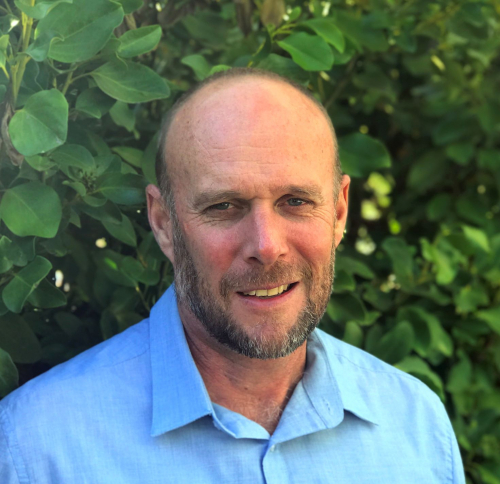
'Talking Point' with Iain Maxwell, Group Manager – Integrated Catchment Management, Hawke’s Bay Regional Council.
We’re lucky in Hawke’s Bay that we have an awesome climate, great beaches, forest parks close to our urban centres and an abundance of rivers and lakes. Unfortunately, we also harbour plenty of plant and animal pests across the region that continue to destroy our precious taonga, native biodiversity.
We need to be doing more in Hawke’s Bay and across Aotearoa but who does it? How do they do it? Who pays? These are not simple questions to answer and it’s certainly not a simple as suggesting that the Regional Council should be doing everything.
We need to broaden the discussion out, beyond deer, to think about how as a community we value and protect our special indigenous biodiversity across Aoteoaroa.
Right now, we‘re seeing an increase in both the numbers and areas affected by many plant and animal pests. Rabbits are on the increase, plant pests are spreading, possums, feral cats and mustelids are wreaking havoc with our taonga in our special places.
As Kiwis and people of Hawke’s Bay, we all have a connection to hearing tūī fly over our heads or walking through our forest and craning our necks to see the top of our giant trees. We need to protect these experiences, not just for us, but also for our tamariki and mokopuna to be able to see this as well. As we all have a connection, we all have a part to play in making sure the next generation gets to experience this, and need to recognise the special role that Maōri have as kaitiaki in this challenge.
I think it’s worth reflecting on the old saying that it ‘takes a village to raise a child’. Protecting our nation’s unique and special biodiversity will not be done by the Regional Council or any group or agency on its own, it needs the whole community to pitch in and help. With our focus on resource management we look at how we can facilitate and support communities, landowners, and agencies to work together to achieve goals, rather than a command and control approach with one agency ‘in charge’.
Deer are a good case in point, they are increasing in numbers in our forests and farmland. We need the landowners, local agencies, and government to work together to change this.
At the moment, the Regional Council assists landowners with advice and guidance on the best control options for deer, but the fact is, managing deer across private and public land across Aotearoa will be a long term and very expensive problem to tackle that will require many agencies and many people all working together. For this reason the Department of Conservation (DOC) is working on a national deer strategy and regional councils will be closely connected to DOC on this.
Beyond deer, individuals, whānau and groups can do a huge amount to help nurture our special places and creatures. The Regional Council supported the establishment of Biodiversity Hawke’s Bay (biodiversityhb.org) which has a Biodiversity Hub where people can connect on community action for biodiversity. There is lots of great advice, support and guidance on how groups and individuals can get involved in work on the ground and make a positive impact. One example of many, this ‘community action’ has resulted in a significant reduction in possum numbers on Bluff Hill with an associated significant increase in bird numbers in Napier. I know myself that the beautiful sound of tūī can be heard in the Napier CBD on most days, all the result of facilitation and support by the Regional Council but with the community stepping up and making a difference.
He waka eke noa, we’re all in the same boat. Let’s keep the conversation going – it’s an ongoing issue that together we can work towards solving.
Iain Maxwell
Group Manager – Integrated Catchment Management
Hawke’s Bay Regional Council
4 February 2022
Disclaimers and Copyright
While every endeavour has been taken by the Hawke's Bay Regional Council to ensure that the information on this website is
accurate and up to date, Hawke's Bay Regional Council shall not be liable for any loss suffered through the use, directly or indirectly, of information on this website. Information contained has been assembled in good faith.
Some of the information available in this site is from the New Zealand Public domain and supplied by relevant
government agencies. Hawke's Bay Regional Council cannot accept any liability for its accuracy or content.
Portions of the information and material on this site, including data, pages, documents, online
graphics and images are protected by copyright, unless specifically notified to the contrary. Externally sourced
information or material is copyright to the respective provider.
© Hawke's Bay Regional Council - www.biodiversityhb.org / 027 231 9367 / info@biodiversityhb.nz